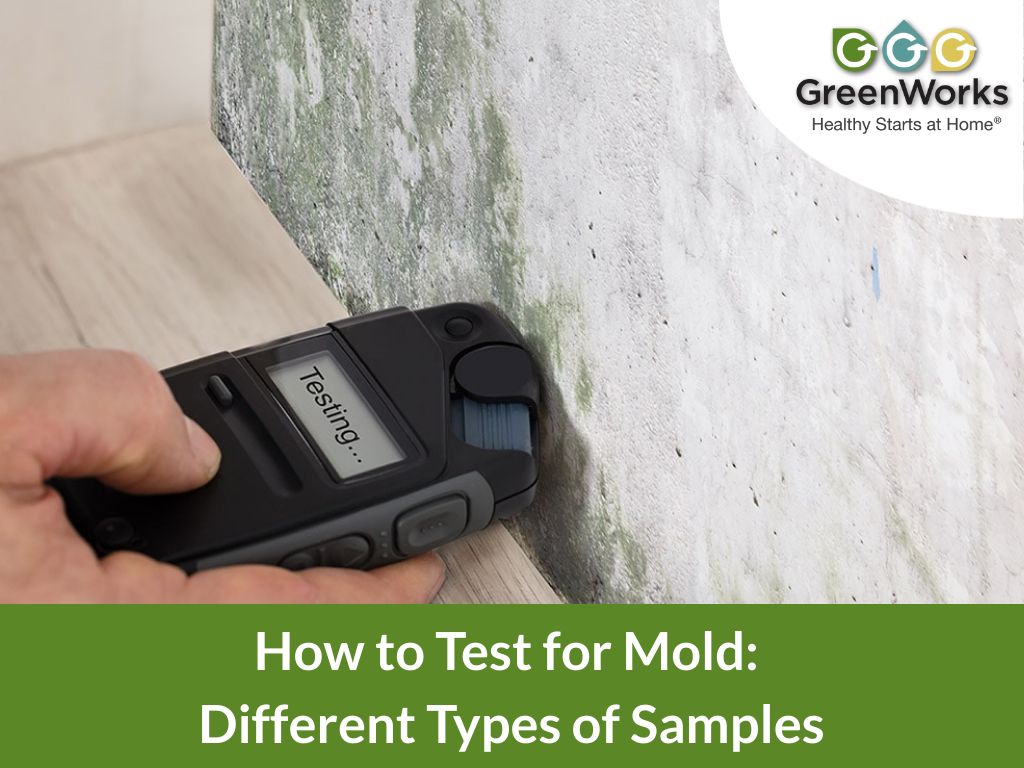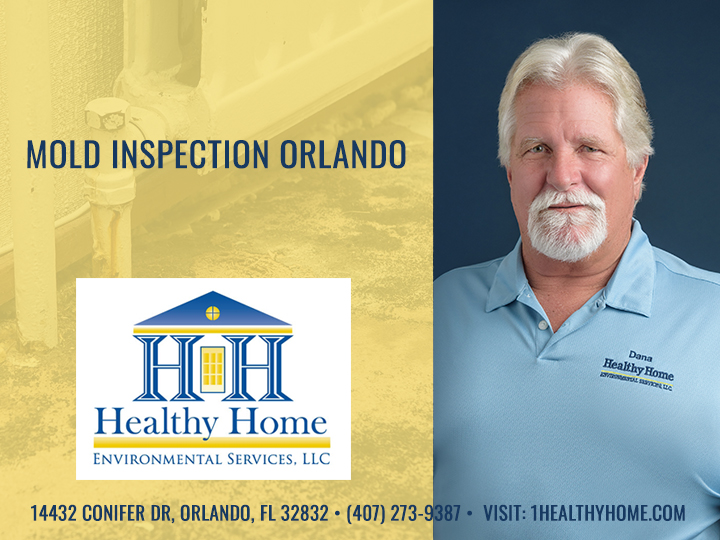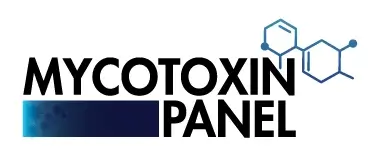Optimize Your Compliance with Trusted Mycotoxin testing Services Solutions
Optimize Your Compliance with Trusted Mycotoxin testing Services Solutions
Blog Article
Ensuring Conformity With Regulations: the Function of Mycotoxin Evaluating in Quality Assurance
Making certain conformity with rigid laws is critical for maintaining food security, and the function of mycotoxin testing in quality control can not be overemphasized. Mycotoxins, poisonous compounds generated by particular molds, pose considerable wellness dangers, making their discovery crucial in food production.
Recognizing Mycotoxins
Comprehending mycotoxins is fundamental to ensuring the high quality and security of agricultural products. Mycotoxins are toxic second metabolites created by specific species of fungis, frequently discovered in foods such as nuts, grains, and seasonings. These substances can develop at numerous phases of the food manufacturing procedure, from pre-harvest to storage space, and pose substantial health and wellness dangers to both people and pets (Mycotoxin testing Services). The most well-known mycotoxins include aflatoxins, fumonisins, ochratoxins, and trichothecenes, each connected with particular fungal species and ecological problems.
The presence of mycotoxins in food can lead to acute and persistent health concerns, consisting of liver damages, immune suppression, and cancer causing results. Their discovery and quantification are essential elements of top quality control in agricultural and food sectors. The complexity of mycotoxin contamination requires a diverse method, using advanced logical techniques such as liquid chromatography, mass spectrometry, and enzyme-linked immunosorbent assays (ELISA) By recognizing the sources, kinds, and effects of mycotoxins, stakeholders in the agricultural field can better apply preventative steps and minimize risks, making certain safer usage for end-users. This understanding forms the bedrock upon which efficient mycotoxin administration methods are developed.
Governing Requirements for Mycotoxins
Having actually established a fundamental understanding of mycotoxins and their effect on food security, it is important to assess the regulative requirements governing their visibility in agricultural items. Regulative requirements for mycotoxins are necessary due to the fact that they define acceptable limits, making sure food safety and security and securing public health. Numerous international and nationwide agencies have actually set these limits based upon detailed danger evaluations.
The Codex Alimentarius Compensation, an international body established by the FAO and that, supplies guidelines and maximum allowable degrees for various mycotoxins in food and feed. The Codex has established limitations for aflatoxins in peanuts, maize, and dried figs, amongst various other assets. These criteria are usually taken on or adapted by specific countries to fit their specific demands.
In the European Union, Guideline (EC) No 1881/2006 states maximum degrees for several mycotoxins, such as aflatoxins, ochratoxin A, and deoxynivalenol, in various food. The U.S. Food and Medicine Administration (FDA) has actually established activity levels for mycotoxins like aflatoxins in assets such as nuts and grains.
Adherence to these regulatory standards is essential for maintaining market access, customer trust, and public health and wellness. Non-compliance can lead to considerable economic losses and health and wellness threats, underscoring the importance of rigid mycotoxin screening protocols.
Testing Approaches and Technologies

ELISA is widely valued for its cost-efficient and fast screening abilities, making it perfect for high-throughput settings. It relies upon antibodies to detect details mycotoxins, supplying results in a reasonably short time framework. Its level of sensitivity might be limited compared to extra sophisticated techniques.
HPLC, on the Click This Link various other hand, masters giving quantitative evaluation with high precision and precision. It divides intricate mixes right into private components, making it extremely effective for determining and quantifying several mycotoxins all at once - Mycotoxin testing Services. This strategy, while more resource-intensive and taxing than ELISA, provides a greater degree of dependability

LC-MS stands for the peak of logical specificity and level of sensitivity. Incorporating the splitting up power of fluid chromatography with the discovery abilities of mass spectrometry, LC-MS can discover even trace levels of mycotoxins. This method is essential for confirming the presence of mycotoxins in forensic and regulatory contexts, ensuring conformity with rigid security standards.
Executing Checking Protocols

Integrating these innovative testing methods right into a thorough quality assurance framework requires a well-structured strategy to implementing testing procedures. To accomplish this, companies need to first conduct an extensive threat assessment to determine potential mycotoxin contamination points within the supply chain. This evaluation educates the development of a tailored screening strategy that resolves specific vulnerabilities.
Following, developing standardized sampling procedures is critical. Consistent tasting makes sure that examination outcomes are dependable and agent of the whole batch (Mycotoxin testing Services). Adhering to guidelines from regulatory bodies, such as the FDA or EFSA, helps preserve conformity and boosts the credibility of the testing procedure
Educating workers is another pivotal part. Team needs to excel in both sample collection and the operation of screening devices. Regular training sessions and accreditation programs can ensure that employee remain updated with the most up to date strategies and regulative changes.
Advantages of Mycotoxin Checking
Mycotoxin testing supplies countless benefits that dramatically improve the safety and security and top quality of food and feed products. Mainly, it functions as an essential control measure to avoid polluted items from getting to the consumer market, therefore securing click reference public health and wellness. By determining and evaluating mycotoxins such as aflatoxins, ochratoxins, and fumonisins, manufacturers can guarantee that their items meet stringent governing requirements, hence preventing possible legal effects and linked costs.
Furthermore, mycotoxin screening contributes to the financial viability of food and feed sectors by reducing the threat of massive item recalls. The ability to detect and isolate infected sets early in the manufacturing process reduces waste and prevents the financial losses associated with damaged brand credibility. It promotes consumer trust fund and loyalty, as clients are increasingly aware of food safety issues and need greater quality standards.
The execution of normal mycotoxin screening additionally advertises ideal practices within agricultural and manufacturing sectors. By adhering to rigorous screening methods, firms can enhance their quality assurance procedures, boost functional performance, and make certain the consistent manufacturing of safe, top quality items. To conclude, the advantages of mycotoxin screening are diverse, contributing to public wellness, economic security, and industry stability.
Final Thought
Mycotoxin testing is important in making sure compliance with regulative requirements, consequently preserving food safety and security and quality assurance. By methodically identifying dangerous mycotoxins, this practice assists reduce health and wellness dangers, prevent legal effects, and stay clear of monetary losses associated with item remembers. Carrying out robust screening methods promotes customer trust and self-confidence in food security techniques, eventually sustaining the integrity and reputation of food services. Therefore, mycotoxin screening remains an essential element of modern-day food safety management systems.
Making sure compliance with rigid regulations is critical for preserving food safety, and the role of mycotoxin testing in high quality control can not be read here overemphasized.In the world of mycotoxin testing, advanced techniques and innovations are essential in making certain food safety and governing conformity.Mycotoxin screening supplies many benefits that substantially improve the safety and high quality of food and feed items.Mycotoxin screening is crucial in making certain conformity with regulative standards, consequently preserving food safety and security and high quality control. Thus, mycotoxin testing remains a crucial part of modern-day food security monitoring systems.
Report this page